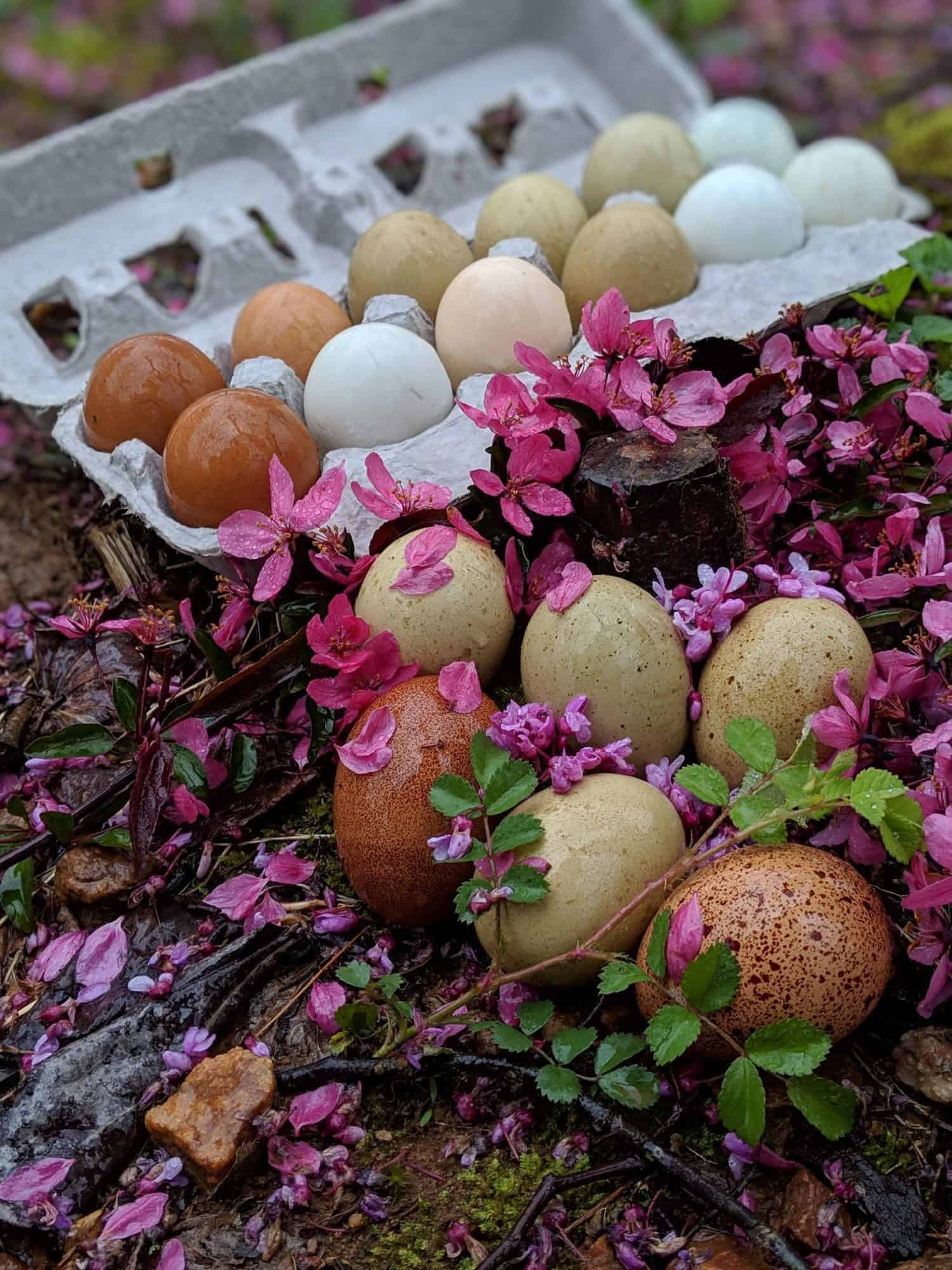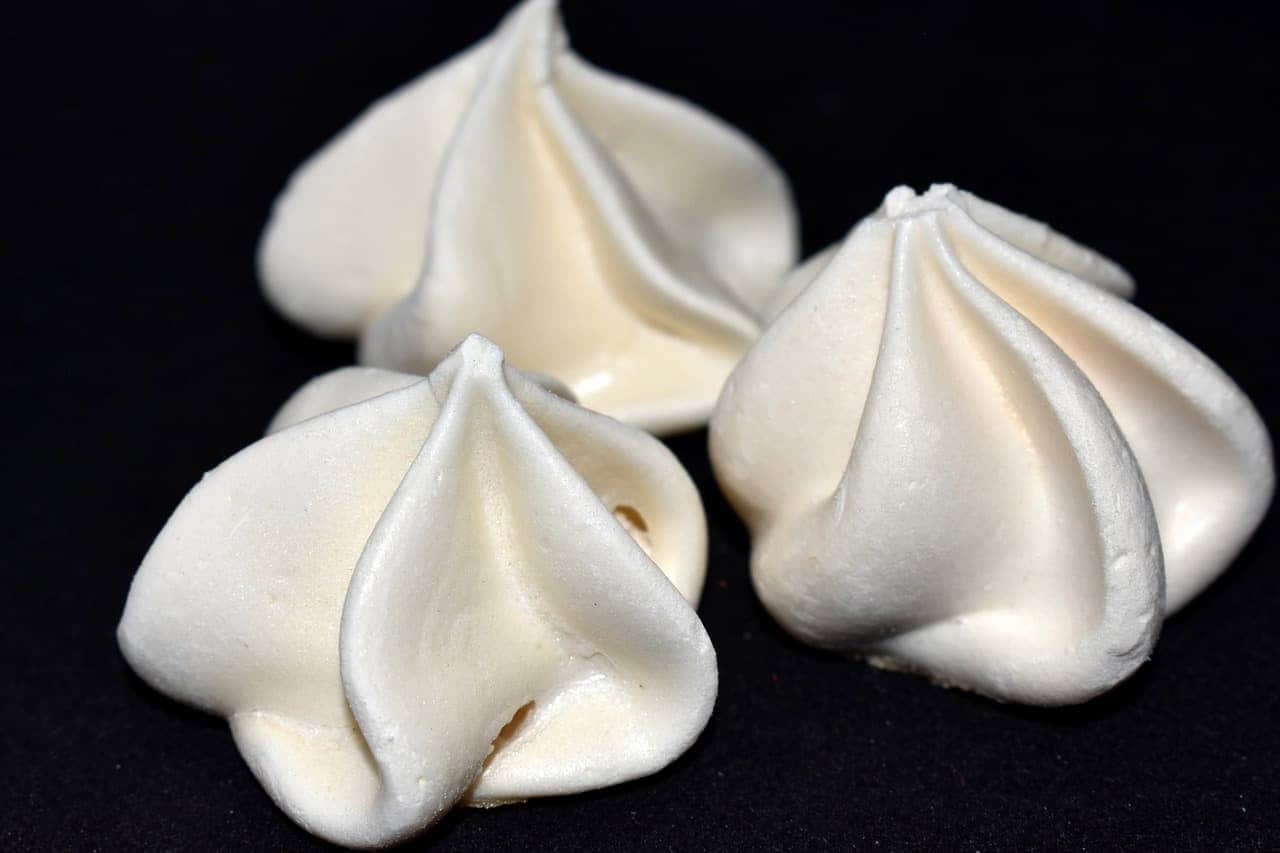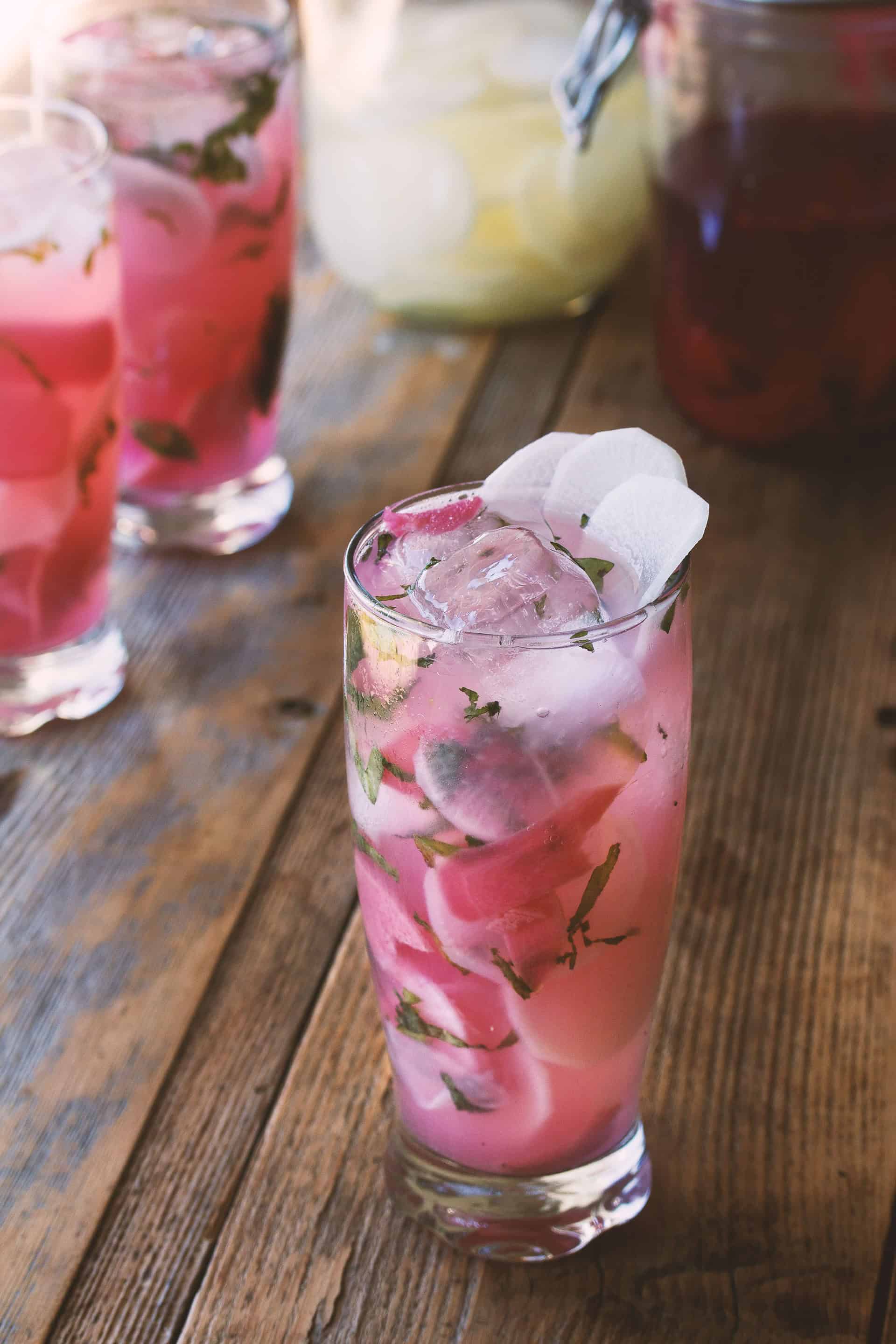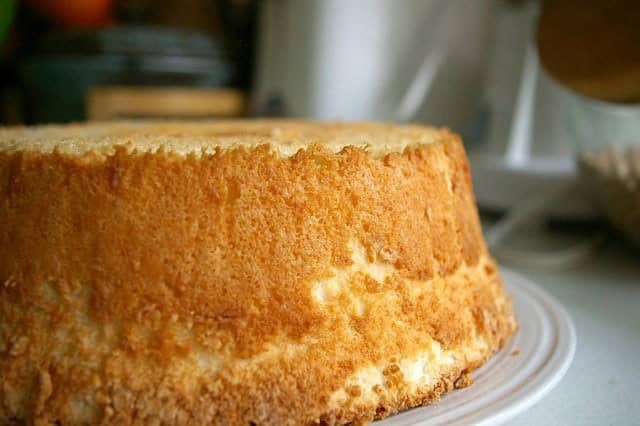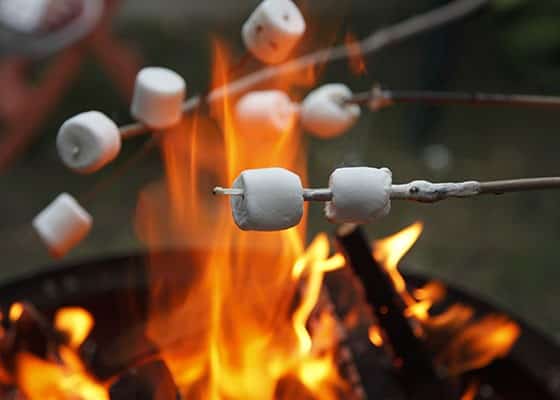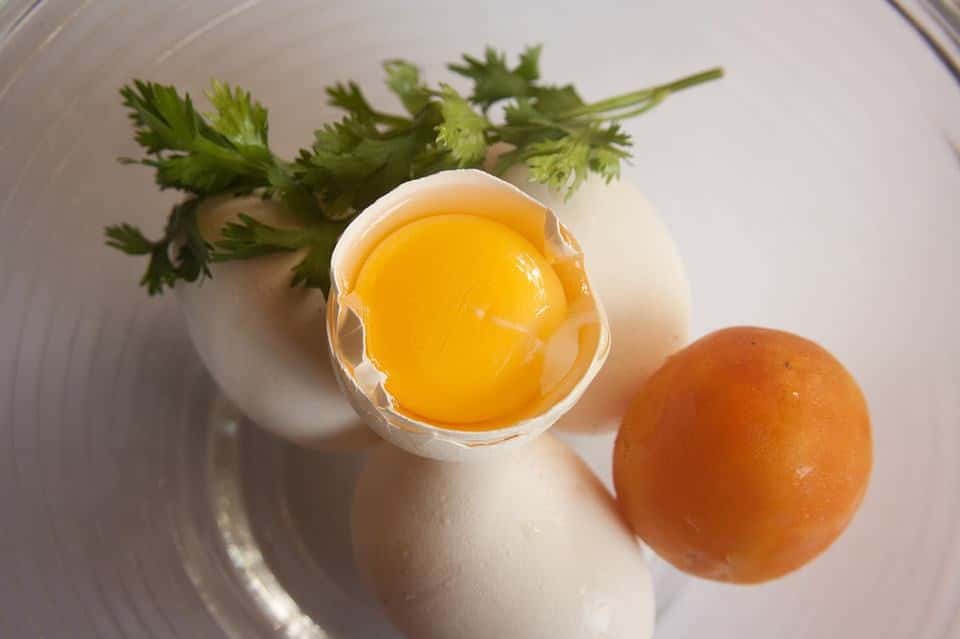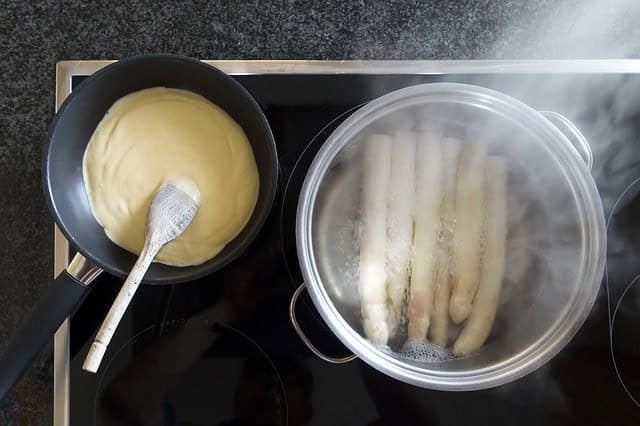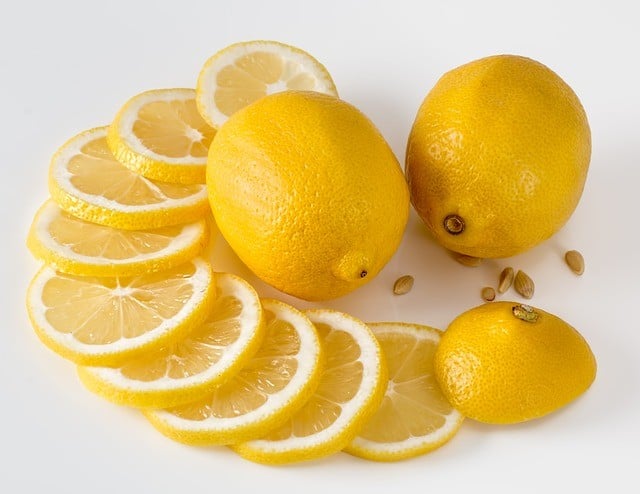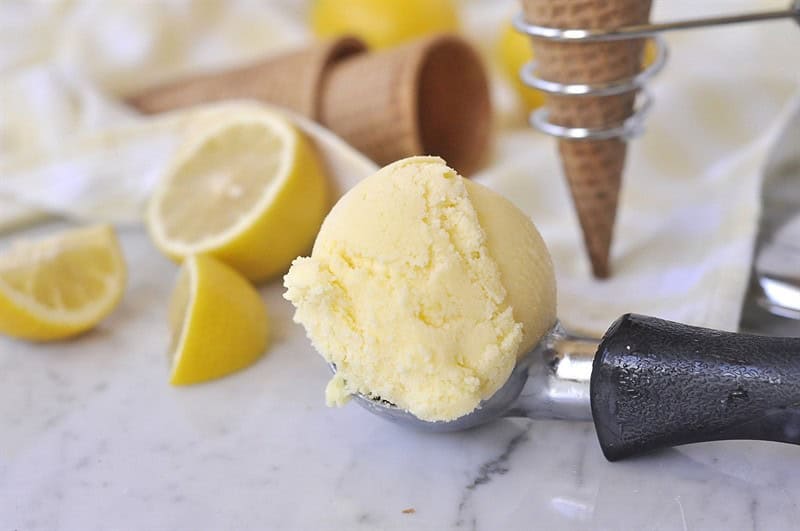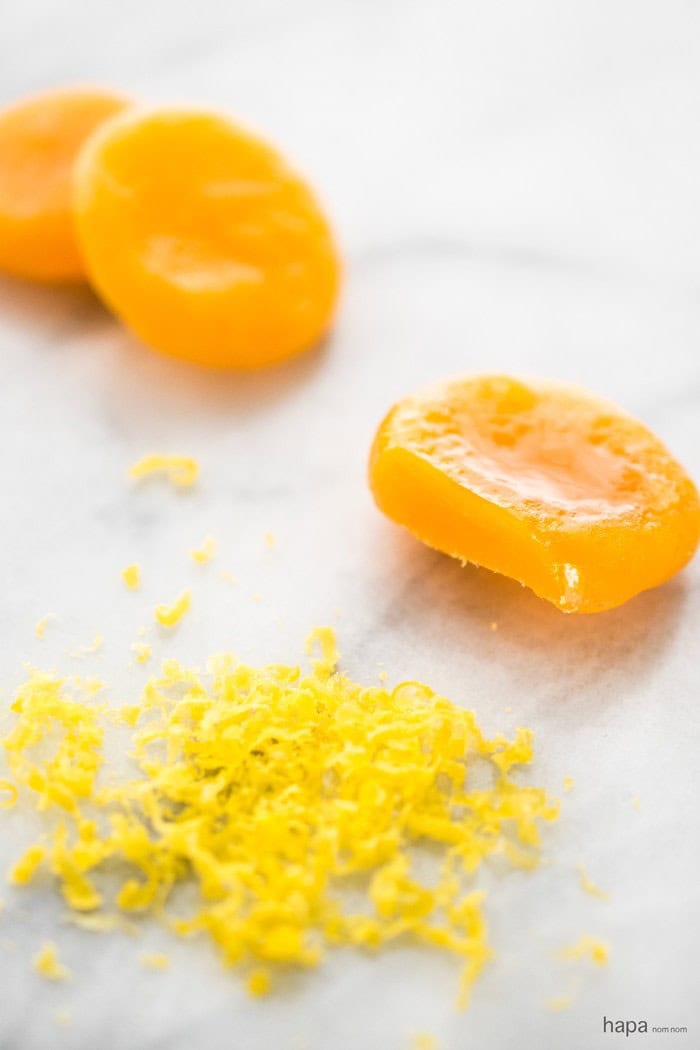The world has indeed gone crackers – or should we say, eggs-tra special? The sourdough phenomenon has taken social media by storm, with enthusiasts sharing their techniques and secrets to achieve that perfect balance of tanginess. But it’s not just about the bread; other baked goods like French macarons, buttery brioche buns, and airy souffles have also become incredibly popular.
If you’re one of the many who’ve dived into these sweet and savory treats, you might be wondering what to do with all those leftover egg yolks or whites. Well, wonder no more! This list is here to help you make the most of your egg-cellent extras.
What to Do with Leftover Egg Whites
Eat Egg White Omelets
In the past, eggs were often perceived as a significant source of cholesterol issues, leading many to opt for egg white omelets instead. This was largely due to the misconception that egg yolks were a major contributor to high cholesterol levels. However, it’s worth noting that egg whites themselves are actually cholesterol-free. They do still provide an impressive amount of protein, making them a fantastic low-calorie option for a nutritious breakfast.
As we’ve since come to understand more about the nutritional benefits and drawbacks of eggs, attitudes have shifted and many people have returned to using whole eggs. Nevertheless, if you find yourself with leftover egg whites on hand, there’s no reason not to revive this old-school favorite – an egg white omelet is still a satisfying and protein-packed start to the day.
Make Meringue
While some may insist on a multitude of ingredients, I firmly believe that classic meringues can be achieved with just three fundamental components: egg whites, sugar, and a touch of distilled vinegar. The occasional addition of cream of tartar, vanilla, or cocoa powder can certainly enhance the flavor profile, but they are by no means essential. What’s more crucial is having a reliable mixing tool at your disposal – whether that’s a powerful mixer or a sturdy whisk and some elbow grease.
With practice, you’ll find that making meringues becomes second nature, much like an old habit. For me, the secret to crafting exceptional meringues lies not in the recipe itself, but rather in the careful balance of ingredients. A simple ratio of one part egg whites to two parts sugar serves as a solid foundation, allowing you to fine-tune the acidity level with the vinegar to your liking.
As you gain experience and develop your instincts, you’ll discover that achieving the perfect meringue is more about feel than formula.
Egg Wash Other Baked Goods
To elevate the appearance of your artisanal breads, such as brioche, croissants or viennoiseries, consider adding an extra step before baking. Simply whip leftover egg whites with a small amount of water until smooth and brush it onto the dough. This technique adds a subtle sheen to the finished baked goods, giving them a polished appearance that’s sure to impress.
Enjoy Old-Fashioned Cocktails
Before the era of salmonella awareness, raw egg whites were a staple in many classic cocktails. If you’re looking for a unique drink to serve at brunch or a special occasion, consider these egg white cocktail recipes. However, it’s essential to note that salmonella is still a risk, so it’s crucial to exercise caution when serving these drinks to others. Make sure the eggs you use come from trusted sources – whether that’s your own backyard chicken coop or a reputable supplier.
Alternatively, you can take an extra precautionary step by pasteurizing your eggs using a sous vide machine for added peace of mind.
Freeze Leftover Egg Whites for Later
When it comes to storing leftover egg whites, freezing is the way to go. Unlike whole eggs or yolks, egg whites preserve their quality and structure much better when frozen. To take advantage of this, simply place the excess egg whites in ice cube trays, freeze them, and then transfer them to a freezer bag once they’re frozen solid. This will allow you to store them for later use without worrying about spoilage or degradation.
Make Angel Food Cake
When it comes to baking angel food cake, the key to its signature light and airy texture lies in the abundance of leftover egg whites. This makes it a great candidate for simultaneous preparation alongside other recipes that require large quantities of yolks. With this approach, you can effortlessly create a dual-purpose bake session. For those looking to satisfy their sweet tooth with a traditional twist, our Sugar Angel Food Cake recipe is a simple and delightful option.
Meanwhile, individuals catering to diabetic family members can explore the equally impressive Sugar-Free Angel Food Cake variant, expertly crafted using sugar-free sweeteners.
Condition Your Hair
Transform leftover egg whites into a nourishing hair treatment by whipping them with a small amount of olive oil and a few drops of your preferred essential oil. Apply this mixture to your damp locks, allowing it to deeply condition your strands for 15-20 minutes before rinsing thoroughly.
Make Marshmallows
Soothe Your Skin
When it comes to skincare, egg whites can be a valuable asset. Not only do they make an effective toner and moisturizer when mixed with a small amount of almond oil, but they can also be used to create a nourishing mask. Simply apply the mixture to your skin, let it dry, and then rinse with water for a tight, toned, and smooth complexion that will last for hours. And if you’re looking for an even more indulgent treat, why not try using your leftover egg whites to make homemade marshmallows?
While some may argue that it’s possible to make marshmallows without egg whites, I’m firmly in the camp of those who believe that these humble ingredients are essential to creating the perfect fluffy treat. Even renowned chef David Lebovitz agrees, and his simple yet elegant recipe for homemade marshmallows is a must-try for any pastry enthusiast.
What to Do with Leftover Egg Yolks
With the art of making homemade marshmallows with egg whites mastered, it’s likely that you’ll be left with an abundance of egg yolks on your hands. Fear not, for these golden gems can be transformed into a multitude of delectable delights. In this realm, we’ll explore the numerous ways to repurpose those leftover yolks and unlock their full culinary potential.
Mix Up Mayonnaise
When I’m faced with a surplus of leftover egg yolks, my mind immediately turns to making mayonnaise. There’s something irresistible about that creamy, tangy condiment. And the best part? It’s ridiculously easy to whip up. I don’t have a set recipe, per se, but I do have a tried-and-true process that yields a deliciously rich and creamy mayo every time.
Here’s how it goes down: first, I add a generous dollop of Dijon mustard, along with a squeeze of lemon juice or a splash of vinegar, to my trusty Vitamix blender (or food processor, or emulsion blender – the key is to have a good, sturdy vessel). Next, I pour in about 3-4 leftover egg yolks and turn on the blender. As the mixture starts to come together, I slowly drizzle in olive oil, starting with a slow trickle before gradually increasing the flow as needed.
It’s crucial not to rush this step – you want to give the mixture time to emulsify properly, so be patient and keep blending until it reaches your desired consistency. Once you’ve achieved the perfect level of creaminess, it’s time to add some excitement to the mix. I like to sprinkle in a pinch of sea salt and some freshly ground black pepper for added depth.
Feel free to get creative with your seasonings – chopped garlic makes a fantastic French aioli, while truffle oil or sriracha can add a bold, savory flavor. After adding your desired flavorings, give the mixture one final pulse to ensure everything is fully incorporated. And then? It’s time to enjoy! As for storage, mayo experts say it’ll keep in the fridge for about a week – but I’ve found that with proper refrigeration, it can easily be stretched to 10 days or more without any issues.
Of course, you don’t have to stick solely to olive oil, either. Vegetable oil, grapeseed oil, sunflower oil, and even unsmoked sesame oil all make excellent mayonnaise bases. The possibilities are endless when it comes to using your homemade mayo – try it as a dip for veggies or fries, smear it on sandwiches, use it in Asian fusion recipes, substitute it for sour cream on tacos, or mix it with horseradish for a tasty roast beef accompaniment. The list goes on and on!
One final note: that dollop of Dijon mustard is the secret to keeping your mayonnaise from breaking. So don’t be shy – use the good stuff!
Make Hollandaise Sauce
While mayonnaise might be the most familiar use for leftover egg yolks, there are many other delectable options to explore. One such delight is hollandaise sauce, which shares a similar process with mayonnaise – but with a few key twists. Instead of oil, you’ll combine the yolks with melted butter and an acidifier like vinegar or lemon juice over low heat, carefully emulsifying the mixture into a rich, creamy sauce.
This versatile condiment can be used to elevate a variety of dishes, from steamed vegetables to breakfast favorites like eggs benedict. Despite its seeming complexity, hollandaise is actually quite accessible – and can even be tailored to suit your taste preferences. For instance, you might opt for a bright, citrusy twist using lemon juice or take a more traditional approach with shallots and a vinegar reduction.
Serve Up Spaghetti Alla Carbonara
The art of making carbonara sauce has left me enamored, and it all started with a memorable encounter at a French restaurant. The dish was a revelation – a steaming plate of pasta smothered in glossy oil, topped with crispy pancetta and fragrant parsley. But the real magic happened when the waiter expertly folded raw egg yolks into the hot pasta, creating a creamy glaze that tantalized my senses.
As I watched him effortlessly mix in aromatic hard cheese, I knew I had to recreate this culinary masterpiece at home. And so, I’ve distilled my process down to these simple steps.
To make easy carbonara, start by cooking a standard box of spaghetti pasta and straining it. Then, heat up a pan with melted butter (1 stick), olive oil (1/2 cup), pancetta (1/2 pound), and herbs (to taste). Toss everything together until the pasta is well coated.
Remove the pan from the heat and gently fold in leftover egg yolks using tongs until the pasta is evenly coated. Finally, sprinkle it all with a generous helping of Parmesan or Asiago cheese (about 1 cup). This effortless yet indulgent dish is ready in just 20 minutes, with only 5-8 minutes of active working time – making it perfect for even the busiest of nights.
Make Lemon Curd
While traditional lemon curd recipes often utilize entire eggs, a common misconception is that using leftover egg yolks is limited to complex or time-consuming preparations. Contrary to this notion, creating a delicious and straightforward lemon curd with just the yolks is surprisingly easy and within reach of any home cook.
In fact, many reliable sources offer simplified recipes that rely exclusively on these rich, yellow-orange components, making it an excellent opportunity to repurpose otherwise discarded ingredients.
Cook Crème Brûlée
Crème brûlée and ice cream may seem like vastly different desserts, but they’re actually more similar than you think. Both are indulgent treats that satisfy our sweet tooths, with the main difference being in their texture and composition. While crème brûlée is often associated with rich, creamy custards, it’s not too far removed from a classic ice cream. The key difference lies in the ratios of ingredients and the addition of eggs, which gives crème brûlée its signature smoothness.
That being said, both desserts can be easily whipped up using simple recipes, making them accessible to home cooks of all levels. And for those with their own dairy goats, like Nigerian Dwarf breeds, it’s a bonus – you can use your goat’s milk instead of heavy cream to add an extra layer of authenticity to your dessert.
Make Ice Cream
When it comes to homemade ice cream, I’m a firm believer that the best recipes start with full-fat milk, egg yolks, and sugar. While other ingredients can be added to enhance the flavor, these three components are essential for creating a rich and creamy texture. In my case, I’ve developed a standard recipe that uses goat’s milk instead of cow’s milk, which is perfect for those who keep goats as pets.
To make it, simply strain the fresh goat’s milk into a pan, then whisk in 2 egg yolks and 3/4 cup of sugar. Heat the mixture over low heat, whisking constantly to prevent the eggs from curdling and the milk from sticking, until it reaches a temperature of 162-165°F. Let it cool in the fridge before churning it in an ice cream maker until frozen. This recipe is incredibly easy to make, requiring only about 10 minutes of active work while heating the mixture.
And since the goat’s milk is still warm when you start, you’ll save time compared to using refrigerated milk. As for flavorings, the possibilities are endless – you can add part brown sugar, vanilla extract, cocoa powder and a pinch of cayenne, or even honey and lavender for a unique mix. Just remember to keep the total liquid volume in check, as adding too much can result in a soft-serve rather than a solid ice cream.
Finally, be mindful of your alcohol additions, as excessive amounts can turn your ice cream into a milkshake. A teaspoon of vanilla extract or other flavorings is usually enough – anything more will prevent the mixture from freezing properly.
Salt Cure Yolks
When you’re left with extra yolks and no time to cook, don’t let them go to waste. Instead, employ a clever preservation method: salt curing. Coat the yolks in a thick layer of salt, then place them on parchment paper in your unheated oven to dry and cure. The result is a delicious addition to salads or even served on blinis with sour cream as a substitute for caviar. This technique works particularly well with duck egg yolks, but feel free to experiment with others.
I learned about this simple yet decadent method from the talented Chef Chris Wishart at Old North State.
Eggcellent Ideas
With your newfound confidence in handling eggs, you’re free to get creative in the kitchen without worrying about waste. And if you’re curious about repurposing those eggshells, we’ve explored a wide range of innovative uses in our article 35 Unique and Useful Uses for Egg Shells That Will Inspire You. Whether it’s baking or finding new uses for your leftover shells, we’ve got the inspiration to keep you experimenting.
